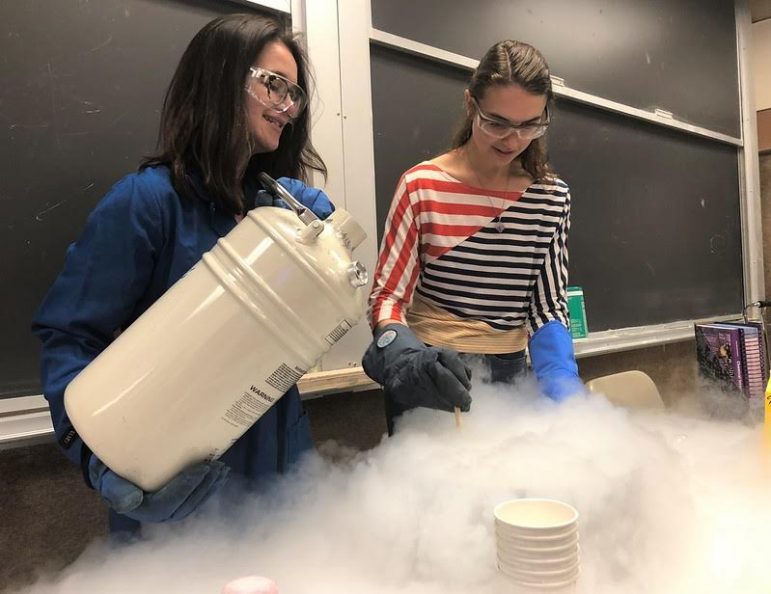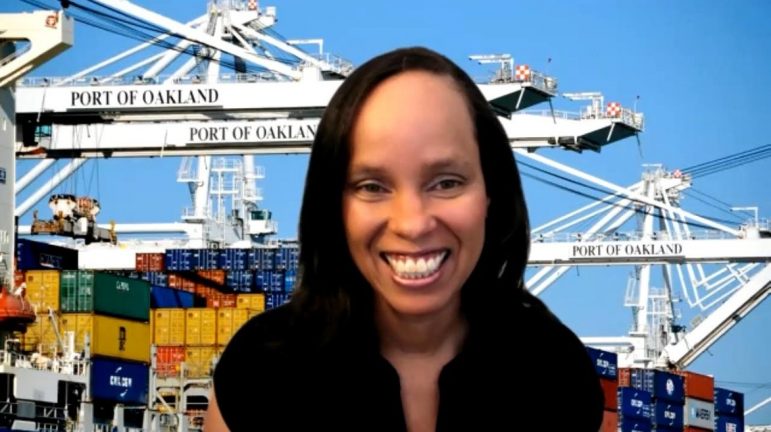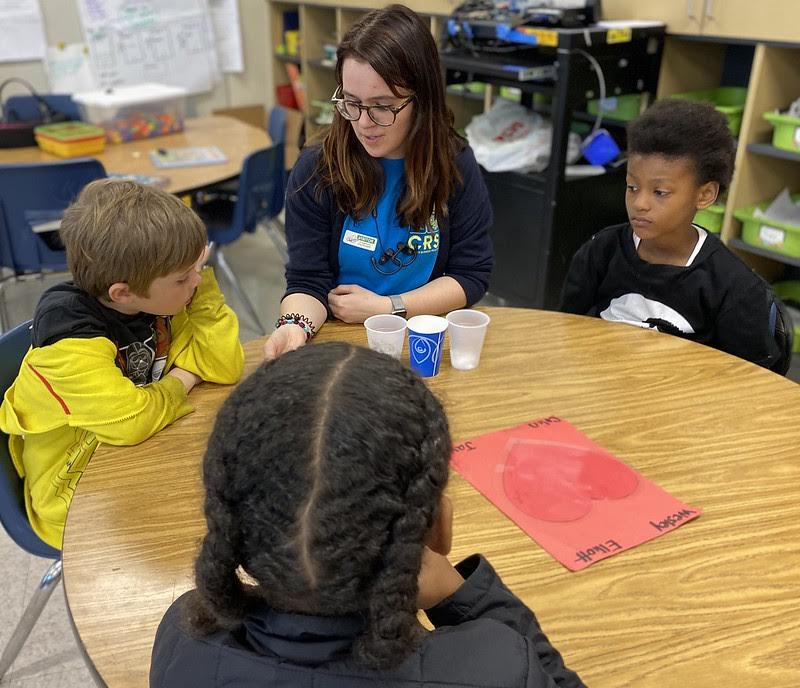A small nonprofit operation started in 1997 to encourage hands-on learning and academic engagement at one Berkeley elementary school has since blossomed into an impressive network of teachers and volunteers that spans the East Bay Area.
Community Resources for Science (CRS) emerged in response to what founders Nicki Norman and Anne Jennings saw as an “opportunity gap” among students in low-income and minority communities who lacked sufficient resources and well-established teachers.
“The overwhelming majority of scientists indicate their passion for science was sparked by learning experiences they had by age 11,” the CRS website states. Students who don’t have access to this potentially life-altering early education risk never fulfilling their potential.
In an effort to support K-12 students, and those who teach them, CRS provides workshops, program evaluations and Field Trips for Teachers in partnership with local science organizations. One particularly successful program is known as BASIS (Bay Area Scientists Inspiring Students), through which scientists and engineers lead hands-on experiments with elementary school students in Berkeley, Oakland, Richmond, Emeryville and Pinole.
When the COVID-19 pandemic halted in-person interaction, BASIS persevered in virtual classrooms.
Roughly 750 STEM professionals reached 20,000 K-6 students in 775 virtual classrooms during distance learning — a huge increase from the usual 500 classes served each year.

“We were able to reach so many more classrooms because everything was virtual,” said Julie Fornaciari, a Ph.D. candidate in biomolecular and chemical engineering who has taught more than 400 students through BASIS.
In spite of internet bandwidth challenges and the somewhat impersonal nature of virtual learning, Fornaciari views her volunteer work as more important than ever.
“Having new faces in the classroom helped break up the monotony of the Zoom fatigue,” she said, “and many times I was blown away by second graders actively listening and participating through the virtual world.”
One notable virtual event this year was Oakland Aviation Day, a hands-on lesson in March during which 25 Federal Aviation Administration and Oakland International Airport professionals demonstrated the forces of flight by engineering paper airplanes with fifth grade students. Three local schools participated in the lesson, and more than 250 students built paper airplanes in their respective homes.

“This was a success,” said Luana España, community affairs representative for the Port of Oakland, a partner with CRS. “The magic happens when a Port employee listens to a student and encourages the student to pursue their ideas.”
Diverse representation remains crucial to the CRS mission.
“It is important for local students to interact with diverse Port employees who have STEM-related career paths,” España said.
Fornaciari echoed the sentiment: “The representation of the people who volunteer for CRS shows that scientists can be anyone and anywhere if we just look for them. CRS aims to get scientists of all backgrounds into as many classrooms as possible, and I am glad to be part of this community.”

So, what’s next for CRS in the coming school year?
“Let’s see what Teresa (Barnett, executive director), Tyler (Chuck, senior manager of engagement and outreach) and I can dream up!” España said. “It seems that we enjoy challenging ourselves to take on expansive outreach projects.”
